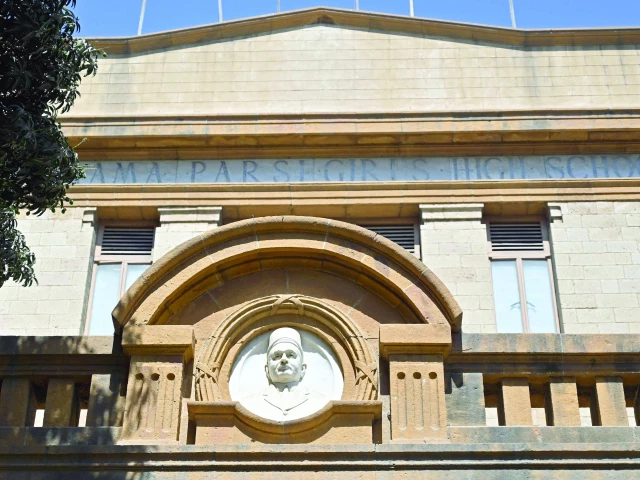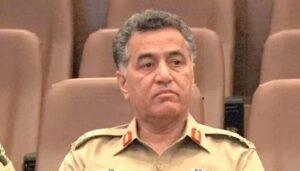Karachi:
From a closed community for its Zoroastrian faith in Karachi, Elisha Amra, 22, has said goodbye to many friends who migrate abroad when the old PARSI community decreases.
Soon, the movie student hopes to join them, becoming one more loss for the aging of the Zoroastrian Parsi people in Pakistan, a community that draws its roots towards the Persian refugees of Iran more than a millennium ago.
“My plan is to go abroad,” said Amra, added that he wants to study for a mastery in a country without the restrictions of a Muslim conservative society. “I want to be able to express myself freely,” he added.
Zoroastrismo, founded by Zarathustra, was a predominant religion of the ancient Persian empire, until the emergence of Islam in the seventh century. In Pakistan, once the PARSI community had up to 15,000-20,000 people, but now the number is 900 people in Karachi and some more dozen in other places.
Amra recognizes that her life is more comfortable than many in Pakistan: Parsis are generally a rich and highly educated community. But she says she wants to escape the daily challenges that harass the city of about 20 million people, from power outages, water shortage to violent street crimes.
Zubin Patel, 27, a Parsi who works in electronic commerce in Karachi, has seen more than two dozen friends from Parsi leave Karachi abroad in the last three years. “More than 20-25 of my friends lived in Karachi, everyone started migrating,” he said.
That is not exclusive to Parsis: many young and qualified Pakistani want to find jobs abroad to escape a country full of political uncertainty and security challenges, an economy that fights and unfortunate infrastructure.
The number of highly qualified Pakistani who went to work abroad duplicated by the latest figures of the Pakistan economic survey, from 20,865 in 2022 to 45,687 in 2023.
Parsis is struggling to adjust in a world that changes rapidly. “There is a better opportunity to find a Zoroastriano partner in Canada, Australia, the United Kingdom and America than in Pakistan,” said Dinshaw Behram Avari, 57, the head of one of the most prominent Parsi families.
Avari, who directs a chain of hotels, points out that the population of Parsi de Toronto is about 10 times greater than Karachi. He said that a parsis wave left Pakistan during the military rule of the hard line of Ziaul Haq in the 1980s.
Since then, violence has attacked religious minorities, and although Parsis says they have not been attacked, they are still cautious. Avari suggested that the high levels of community education and the western perspective of life meant many eyes abroad, while for those who stay, the size of the family is being reduced.
“Couples are more interested today in taking care of their career; they are not interested in the family,” he said. “When they get married, they will have a child, and a child is not enough to have a positive impact on the population.”
Parsi members were among the pioneers of the shipping and hospitality industries in Karachi, and the historical district of the city’s colonial era is dotted with Parsi buildings, including hospitals and schools. But as the community decreases, many buildings have collapsed.
For many among the youngest generation, the only left pull that keeps them in Pakistan is their older relatives. Patel said he would leave if he could. “It would be a difficult decision,” he said. “But I have an opportunity that would give my parents … a healthy lifestyle, then obviously I would.”




